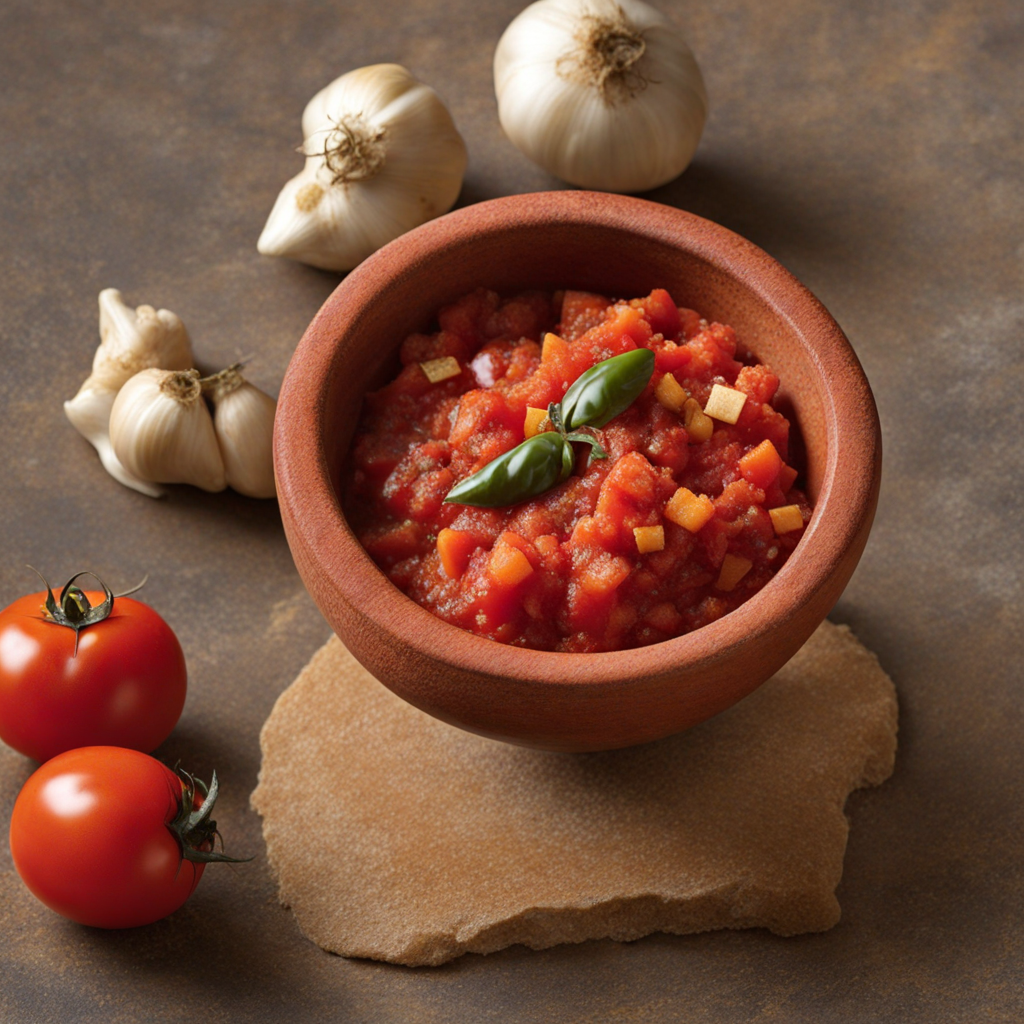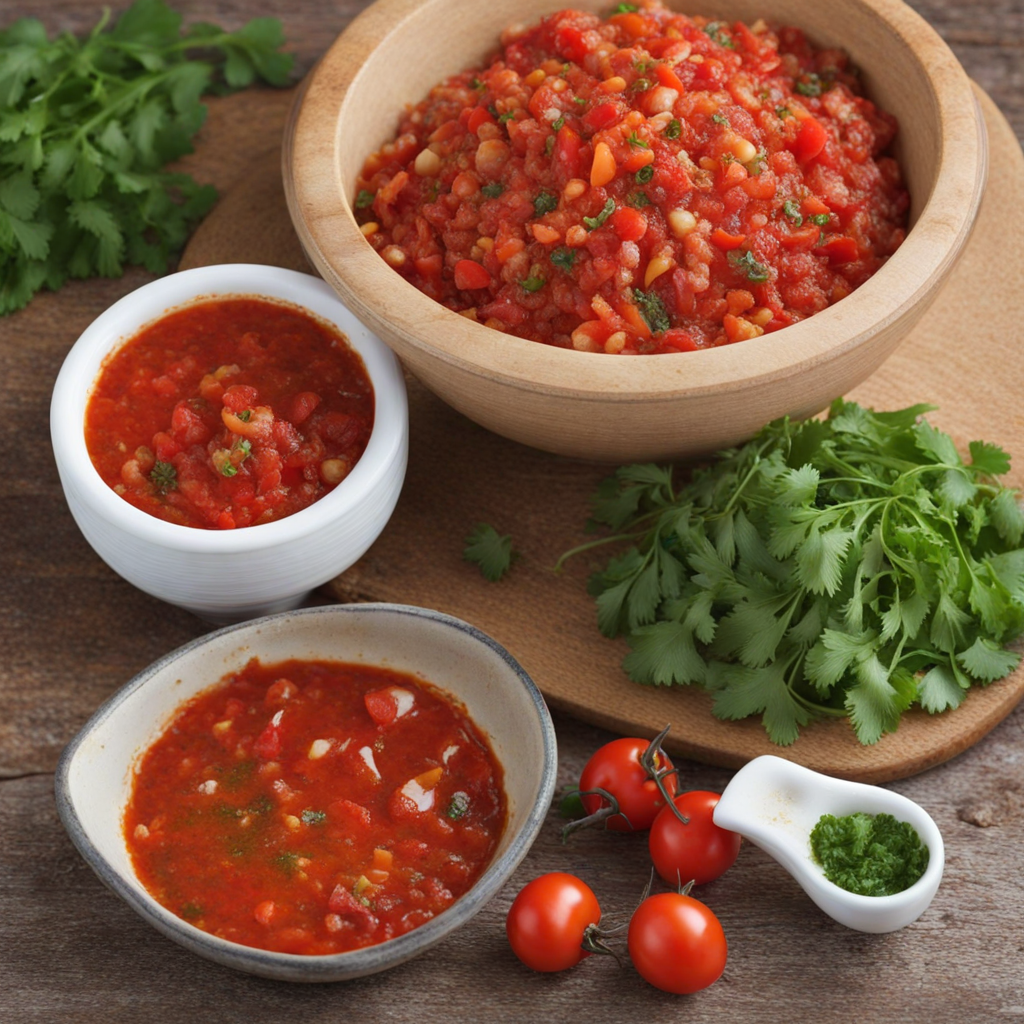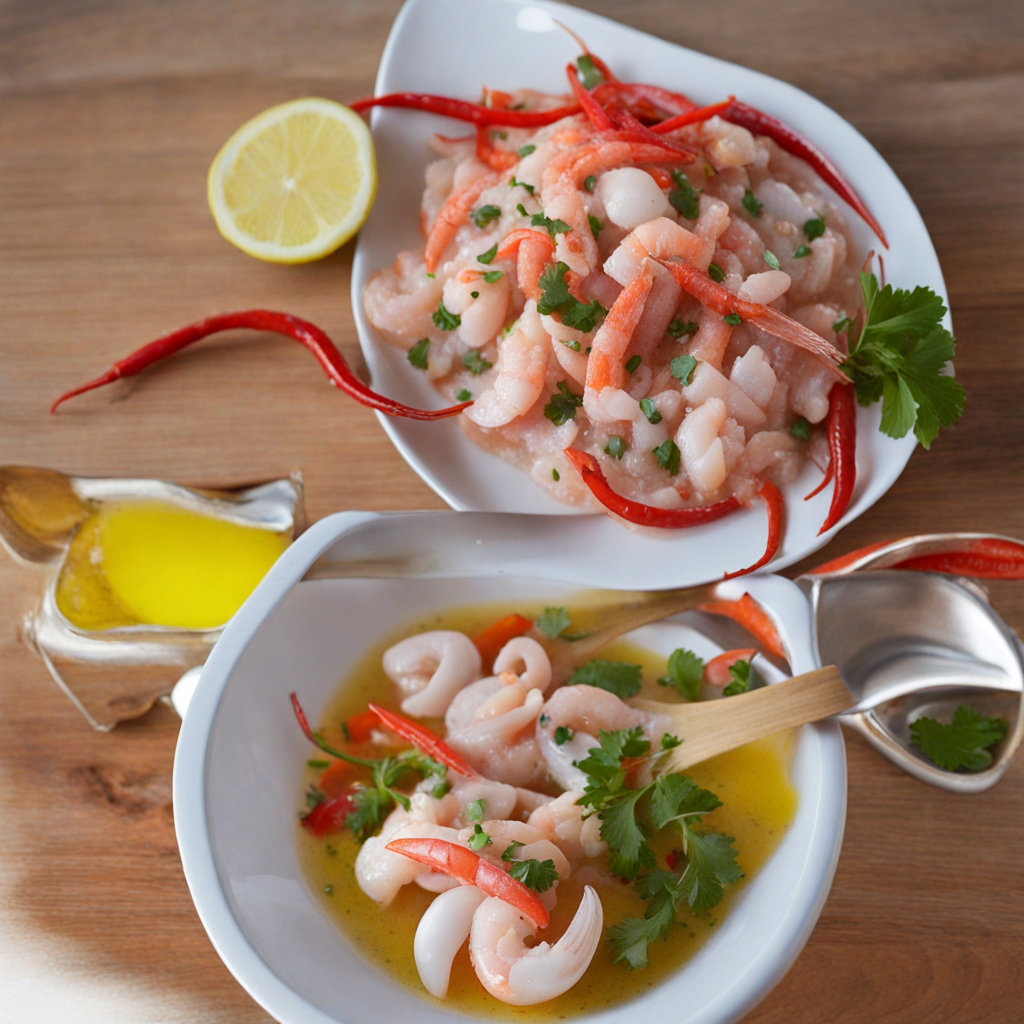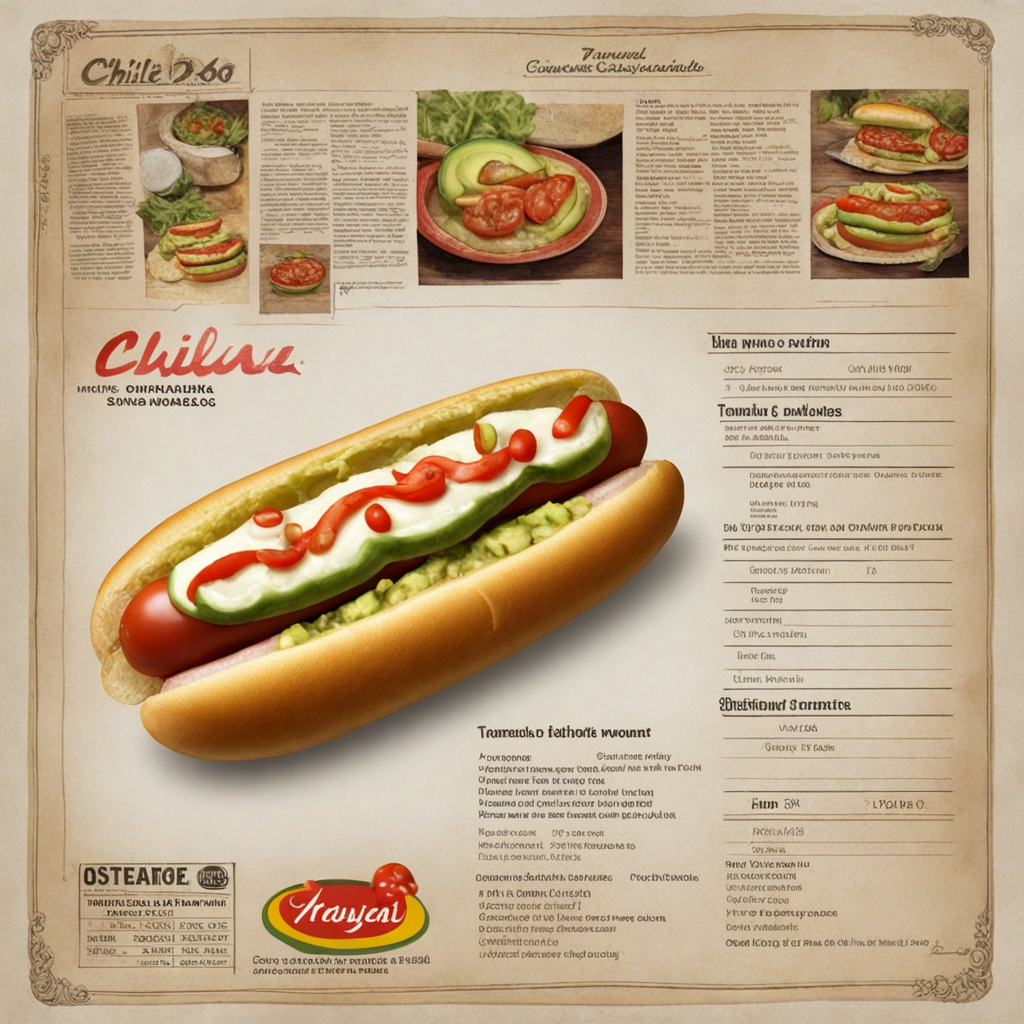Manjar
Manjar, a beloved delicacy from Chile, is a rich and creamy treat that is often compared to dulce de leche. This luscious spread is made by slowly cooking sweetened milk, which transforms it into a smooth, caramel-like concoction. The process involves simmering milk and sugar together until it thickens and develops a deep, golden hue. The result is a sweet, velvety texture that melts in your mouth, making it a versatile ingredient in various desserts and pastries. Traditionally, Manjar is used as a filling for alfajores, which are delightful cookies that sandwich this sweet cream between two layers, often dusted with powdered sugar or coated in chocolate. It can also be spread on toast or drizzled over ice cream, adding a decadent touch to breakfast or dessert. The flavor profile is sweet with a hint of caramel and a slight nuttiness, making it a favorite among both children and adults alike. In addition to its delicious taste, Manjar holds cultural significance in Chile, often enjoyed during celebrations and family gatherings. It represents a taste of home for many Chileans and has become a staple in their culinary traditions. Whether indulging in a simple spoonful or savoring it in a more elaborate dessert, experiencing the taste of Manjar is a delightful journey into the sweet side of Chilean cuisine.
How It Became This Dish
The Sweet Legacy of Manjar: A Culinary Gem of Chile Manjar, a rich and delectable caramel-like spread, holds a cherished place in Chilean cuisine and culture. This sweet treat, often compared to dulce de leche, has a fascinating history that intertwines with the social and agricultural evolution of the nation itself. To understand manjar fully, we must explore its origins, cultural significance, and the ways it has developed over time. #### Origins: A Confluence of Cultures The roots of manjar can be traced back to the colonial era of the 16th century when Spanish colonizers brought with them various culinary traditions, including the concept of dulce de leche. This sweet concoction of milk and sugar originated from the Iberian Peninsula and quickly adapted to local ingredients and tastes across Latin America. In Chile, indigenous agricultural practices and the introduction of dairy farming created the perfect environment for manjar to flourish. The name "manjar" itself is derived from the Spanish word "manjar," which means delicacy or treat. In the context of Chile, it has come to represent a beloved dessert that speaks to the country’s identity. The basic preparation of manjar involves simmering cow's milk and sugar until it thickens and takes on a rich, golden color. It can also be flavored with vanilla or cinnamon, adding to its depth of flavor. #### Cultural Significance: A Staple of Chilean Life In Chile, manjar is more than just a sweet spread; it is a symbol of hospitality and celebration. It graces the tables of many Chilean households and is a staple in both everyday life and special occasions. The treat is often served as a filling for cakes, pastries, and alfajores, which are two layers of cookies sandwiched with manjar and dusted with powdered sugar or coated in chocolate. This combination has become a quintessential dessert in Chile, beloved for its rich flavor and satisfying texture. Manjar also plays a significant role in Chilean folklore and traditions. It is often associated with family gatherings, birthdays, and national holidays. During celebrations such as Fiestas Patrias, the country’s independence day celebrations in September, manjar is featured prominently in traditional dishes, showcasing its importance in Chilean culinary culture. Moreover, manjar’s presence in Chilean cuisine is a reflection of the country's agricultural bounty. Chile’s dairy industry has flourished due to its diverse geography and climate, allowing for the production of high-quality milk. Manjar is thus not only a product of culinary tradition but also a testament to the country's agricultural practices and local resources. #### Development Over Time: From Homemade to Industrial Historically, manjar was a homemade delicacy, prepared in kitchens across the country. It was often made in large batches to be shared among family and friends. The process was labor-intensive, requiring constant stirring to prevent burning, but the resulting treat was worth the effort. As urbanization increased in the 20th century, the demand for convenience led to a shift in how manjar was produced and consumed. The mid-20th century saw the rise of commercial food production in Chile. Factories began to produce manjar on a larger scale, making it more accessible to the general population. Brands such as "La Fama" and "Colun" emerged, offering packaged manjar in supermarkets and grocery stores. This commercialization allowed manjar to become a staple ingredient in Chilean households, as it could now be purchased readily rather than made from scratch. Despite its industrialization, the essence of manjar remained intact. Many Chileans still cherish the homemade version, often passed down through generations. Recipes vary from family to family, with some incorporating unique ingredients or methods. This regional and familial diversity adds to the richness of manjar’s story, making it a personal experience for many Chileans. #### Modern-Day Manjar: A Culinary Renaissance In recent years, there has been a resurgence of interest in traditional foods, including manjar. As part of a broader movement towards local and artisanal products, many Chileans are returning to the roots of their culinary heritage. Small producers and artisan makers are creating their versions of manjar, often using organic milk and traditional methods. This movement emphasizes quality and sustainability, allowing consumers to enjoy manjar that is both delicious and ethically produced. Furthermore, manjar's versatility has led to innovative culinary uses. Chefs and home cooks alike are experimenting with manjar in modern recipes, incorporating it into gourmet desserts, sauces, and even savory dishes. It can be found drizzled over ice cream, used as a filling for crepes, or blended into creamy cheesecakes. This adaptability has ensured that manjar remains relevant in contemporary gastronomy. As Chile continues to assert its culinary identity on the global stage, manjar has emerged as a symbol of national pride. It is often featured in international food festivals, where it captivates the palates of those unfamiliar with its sweet allure. The recognition of manjar beyond Chile's borders speaks to the broader conversation about the importance of food in cultural identity and expression. #### Conclusion: A Sweet Legacy Manjar is more than just a sweet treat; it embodies the history, culture, and agricultural prowess of Chile. From its origins in colonial kitchens to its status as a beloved staple in modern Chilean cuisine, manjar has woven itself into the fabric of everyday life and festive celebrations. Its evolution from homemade delicacy to commercial product and back to artisanal treasure illustrates the dynamic nature of food traditions. As Chileans continue to celebrate and innovate around manjar, this sweet spread remains a testament to the nation’s rich culinary heritage. It invites all who taste it to share in the warmth of Chilean hospitality, a sweet legacy that will undoubtedly endure for generations to come.
You may like
Discover local flavors from Chile







